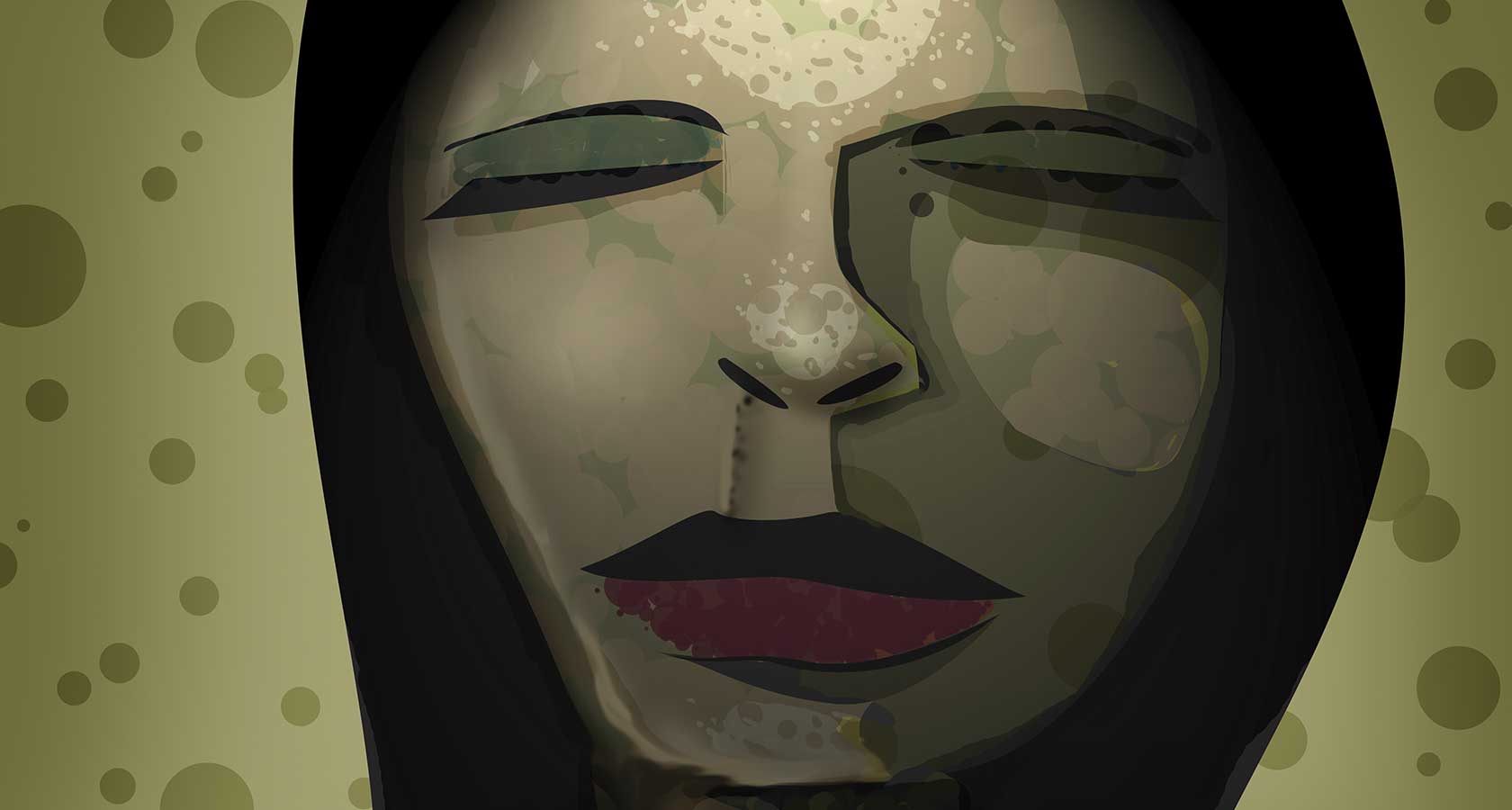And That Pattern Can Be Reconditioned
PTSD isn’t about what happened.
It’s about what stayed.
The tension that won’t leave your shoulders.
The racing thoughts before bed.
The way you flinch at harmless sounds or zone out during everyday moments.
You’re not broken—your system is running protective protocols that got stuck.
That’s what we address at ShiftGrit.
When Safety Feels Like a Threat
After a traumatic event—whether it was acute, chronic, or subtle but prolonged—your nervous system adapts. It learns to scan for danger, stay alert, and brace for impact.
But what happens when the danger is over, and your body won’t turn off the alarm?
That’s what PTSD looks like:
- Intrusive memories, nightmares, or flashbacks
- Emotional numbness or shutdown
- Irritability or explosive reactions
- Hypervigilance, edginess, or mistrust
- Avoidance of triggers—both conscious and unconscious
- Difficulty sleeping, relaxing, or feeling safe
What’s often missed in traditional models is that these symptoms are not random. They’re driven by core beliefs—deep, identity-level assumptions about yourself and the world that got wired in during or after trauma.
The Identity-Level Patterns Behind PTSD
At ShiftGrit, we work with a concept called Limiting Beliefs.
These are internal rules your system formed to keep you safe—rules like:
- “I am not safe.”
- “I can’t trust anyone.”
- “It’s my fault.”
- “I have to stay alert.”
- “If I let my guard down, I’ll be hurt.”
Over time, these beliefs generalize. What started as a survival strategy becomes a lens through which your entire world is filtered.
This is why traditional talk therapy often isn’t enough.
You may know the event is over. But your nervous system doesn’t.
That’s where reconditioning comes in.
The ShiftGrit Approach to Trauma Recovery
We use a structured method that combines:
- Pattern Theory — to explain why your system reacts the way it does
- Reconditioning — to resolve the automatic emotional responses that keep PTSD active
Rather than simply talking about the trauma, we guide clients through a step-by-step process that allows the nervous system to re-experience the trigger safely—and to rewrite the emotional association tied to it.
That means:
- Less fear-based reaction to benign stimuli
- Reduced emotional flooding or shutdown
- More trust in your own ability to feel safe, grounded, and present
From the Blog: PTSD Patterns & Insights
A Real-World Story: How Patterns Shift
Teagan* came to ShiftGrit after years of trauma-focused talk therapy.
She knew why she was triggered—but the reactions were still there.
Common household noises brought flashbacks. Crowded spaces led to shutdown.
She couldn’t rest in her own home.
Within 5 sessions, she had reprocessed her first traumatic loop.
By week 16, she no longer felt hijacked by old memories.
Her environment didn’t change—but her pattern did.
(*Details changed with permission.)
You Don’t Have to Relive It to Reprocess It
PTSD recovery doesn’t have to mean dredging up every memory or retelling every detail.
Our process is targeted, structured, and compassionate.
You’ll understand the “why” behind your symptoms—and learn how to dissolve them from the inside out.
You’re Not Stuck. You’re Patterned.
And patterns can be changed.
Explore how our trauma therapy goes beyond symptom management to shift the root-level responses that keep your system in overdrive.
→ Start Trauma Therapy in Calgary
→ Start Trauma Therapy in Edmonton


